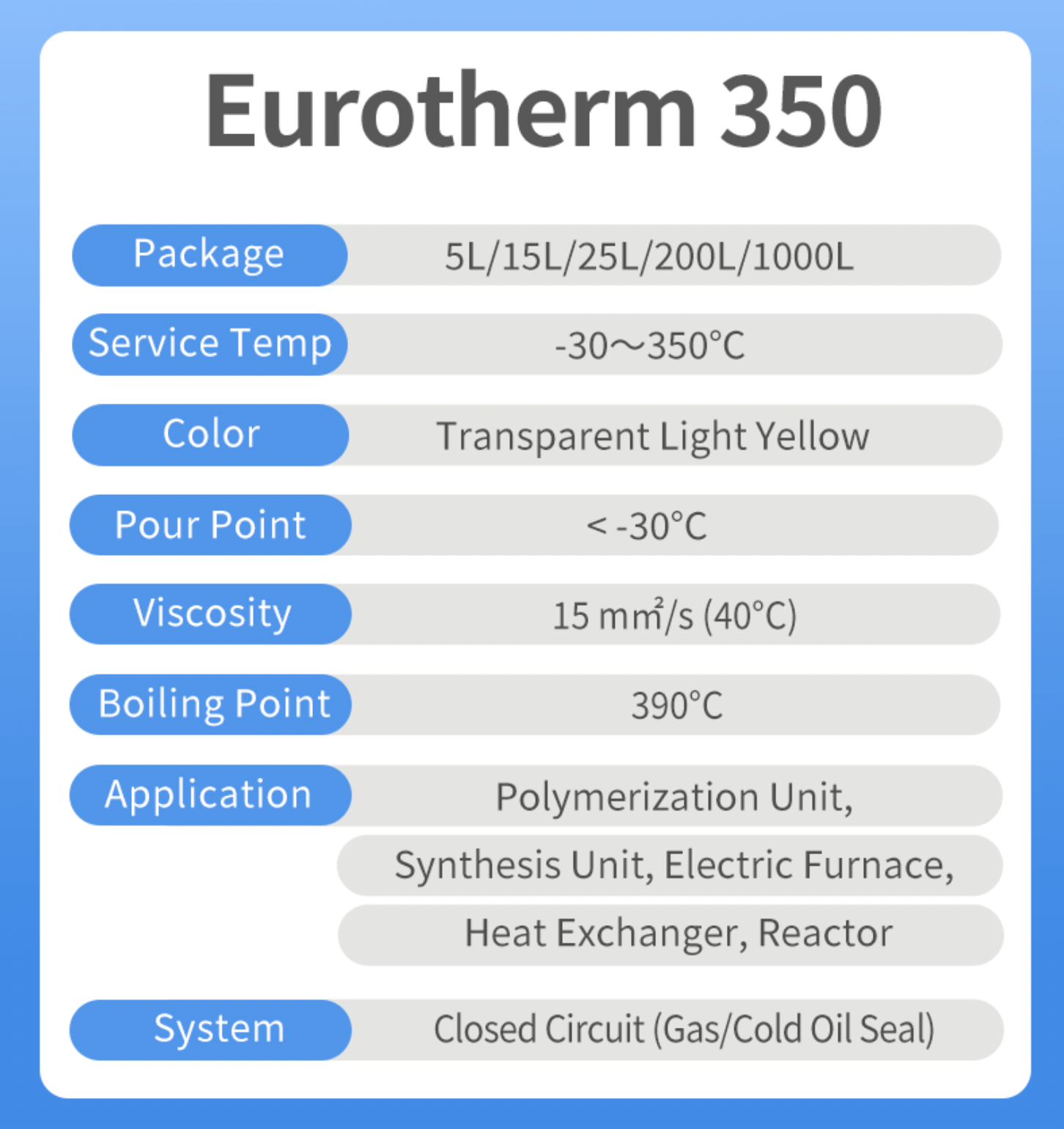How Chemie can Save You Time, Stress, and Money.
How Chemie can Save You Time, Stress, and Money.
Blog Article
How Chemie can Save You Time, Stress, and Money.
Table of ContentsUnknown Facts About ChemieUnknown Facts About ChemieAn Unbiased View of Chemie8 Simple Techniques For ChemieWhat Does Chemie Mean?Our Chemie PDFs
By Bojanna Shantheyanda, Sreya Dutta, Kevin Coscia and David SchiemerDynalene, Inc. Fluid air conditioning, which can be accomplished using indirect or straight ways, is utilized in electronics applications having thermal power densities that might surpass safe dissipation via air cooling. Indirect liquid cooling is where warmth dissipating electronic parts are physically divided from the fluid coolant, whereas in situation of straight cooling, the parts are in direct contact with the coolant.In indirect cooling applications the electric conductivity can be crucial if there are leaks and/or splilling of the liquids onto the electronics. In the indirect air conditioning applications where water based liquids with corrosion inhibitors are usually utilized, the electric conductivity of the fluid coolant mostly relies on the ion focus in the liquid stream.
The rise in the ion focus in a shut loop fluid stream might occur because of ion seeping from steels and nonmetal components that the coolant fluid touches with. Throughout operation, the electrical conductivity of the fluid might enhance to a level which can be dangerous for the air conditioning system.
7 Simple Techniques For Chemie
(https://truthful-shrimp-nd4j6l.mystrikingly.com/blog/dielectric-coolant-and-heat-transfer-solutions-by-chemie)They are bead like polymers that are capable of trading ions with ions in a remedy that it is in call with. In today job, ion leaching tests were performed with numerous steels and polymers in both ultrapure deionized (DI) water, i.e. water which is treated to the greatest degrees of pureness, and reduced electric conductive ethylene glycol/water mixture, with the measured adjustment in conductivity reported gradually.
The examples were allowed to equilibrate at room temperature level for 2 days prior to tape-recording the preliminary electrical conductivity. In all tests reported in this research study fluid electric conductivity was measured to a precision of 1% making use of an Oakton disadvantage 510/CON 6 series meter which was adjusted before each dimension.
The 5-Minute Rule for Chemie
from the wall surface heating coils to the facility of the furnace. The PTFE sample containers were positioned in the heater when steady state temperatures were gotten to. The examination setup was eliminated from the heater every 168 hours (seven days), cooled down to room temperature with the electric conductivity of the fluid measured.
The electric conductivity of the fluid sample was checked for an overall of 5000 hours (208 days). Number 2. Schematic of the indirect shut loop cooling experiment set-up - therminol & dowtherm alternative. Table 1. Components utilized in the indirect closed loop cooling down experiment that are in call with the fluid coolant. A schematic of the speculative arrangement is displayed in Number 2.

An Unbiased View of Chemie
During operation the fluid tank temperature level was kept at 34C. The adjustment in fluid electrical conductivity was kept track of for 136 hours. The liquid from the system was gathered and stored. Shut loop test with ion exchange resin was carried out with the very same cleansing procedures utilized. The initial electric conductivity of the 230ml UP-H2O in the system gauged 1.84 S/cm.

0.1 g of Dowex material was included in 100g of liquid examples that was absorbed a different container. The mixture was stirred and transform in the electric conductivity at area temperature was determined every hour. The gauged change in the electric conductivity of the UP-H2O and EG-LC examination fluids including polymer or steel when involved for 5,000 hours at 80C is revealed Figure 3.
What Does Chemie Do?
Number 3. Ion seeping experiment: Measured adjustment in electric conductivity of water and EG-LC coolants consisting of either polymer or metal samples when immersed for 5,000 hours at 80C. The outcomes suggest that steels added fewer ions into the fluids than plastics in both UP-H2O and EG-LC based coolants. This could be because of a slim steel oxide layer which may act as an obstacle to ion leaching and cationic diffusion.
Liquids consisting of polypropylene and HDPE exhibited the most affordable electrical conductivity adjustments. This might be as a result of the brief, stiff, straight chains which are less most likely to contribute ions than longer branched chains with weaker intermolecular forces. Silicone also did well in both examination liquids, as polysiloxanes are normally chemically inert due to the high bond energy of the silicon-oxygen bond which would stop degradation of the material into the liquid.
The Definitive Guide for Chemie
It would certainly be anticipated that PVC would produce comparable outcomes to those of PTFE and HDPE based on the comparable chemical structures of the materials, nevertheless there might be other contaminations existing in the PVC, such as plasticizers, that might impact the electric conductivity of the liquid - heat transfer fluid. Additionally, chloride groups in PVC can likewise leach right into the examination liquid and can trigger a rise in electrical conductivity
Polyurethane totally broke down right into the examination fluid by the end of 5000 hour examination. Before and after photos of steel and polymer examples immersed for 5,000 hours at 80C in the ion leaching experiment.
Calculated modification in the electric conductivity of UP-H2O coolant as a function of time with and without material cartridge in the closed indirect air conditioning loophole experiment. The gauged modification in electric conductivity of the UP-H2O for 136 hours with and without ion exchange material in the loop is next received Figure 5.
Report this page